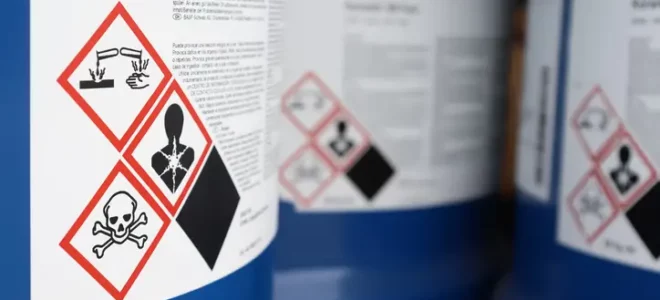
What is a Powered Industrial Truck? How OSHA Explains It
Powered industrial trucks (PITs) are essential powered vehicles commonly used in warehouses, factories, construction sites,

Powered industrial trucks (PITs) are essential powered vehicles commonly used in warehouses, factories, construction sites,

Thousands of workers every year step onto job sites with little knowledge of the risks

Any time we drive, we choose an action that can affect our lives and those

According to the U.S. Bureau of Labor Statistics, tens of thousands of workplace injuries could

In the construction world, safety is non-negotiable. Crane operations, in particular, demand clear communication to

Heat stress is a concerning hazard, particularly in industries involving outdoor or high-temperature environments. According

COMBUSTIBLE DUST Many known materials are hazardous and can also result in big explosions. Combustible

Honoring the Fallen: Reflecting on Workers’ Memorial Day Workers’ Memorial Day is recognized on April

Workplace safety has evolved considerably over the decades; yet, struck-by and caught-between incidents remain stubbornly

Employee safety is of prime importance in every industry in the United States. Most organizations


OSHA’s handrail and stair rail system requirements for general industry have undergone updates to improve

Lithium-ion (Li-ion) batteries are rechargeable batteries that use lithium ions as the primary charge carrier.

Enhance your construction work safety with these 20 essential ‘how-to’ guidelines.

Running a small business involves various responsibilities, including ensuring workplace safety. Many business owners wonder

OSHA Guidelines on Personal Protective Equipment for Construction Workers

Ensuring workplace safety when handling hazardous chemicals is crucial for protecting employees and the environment.

Many people, particularly those who do demanding labor in hot and humid working conditions, suffer